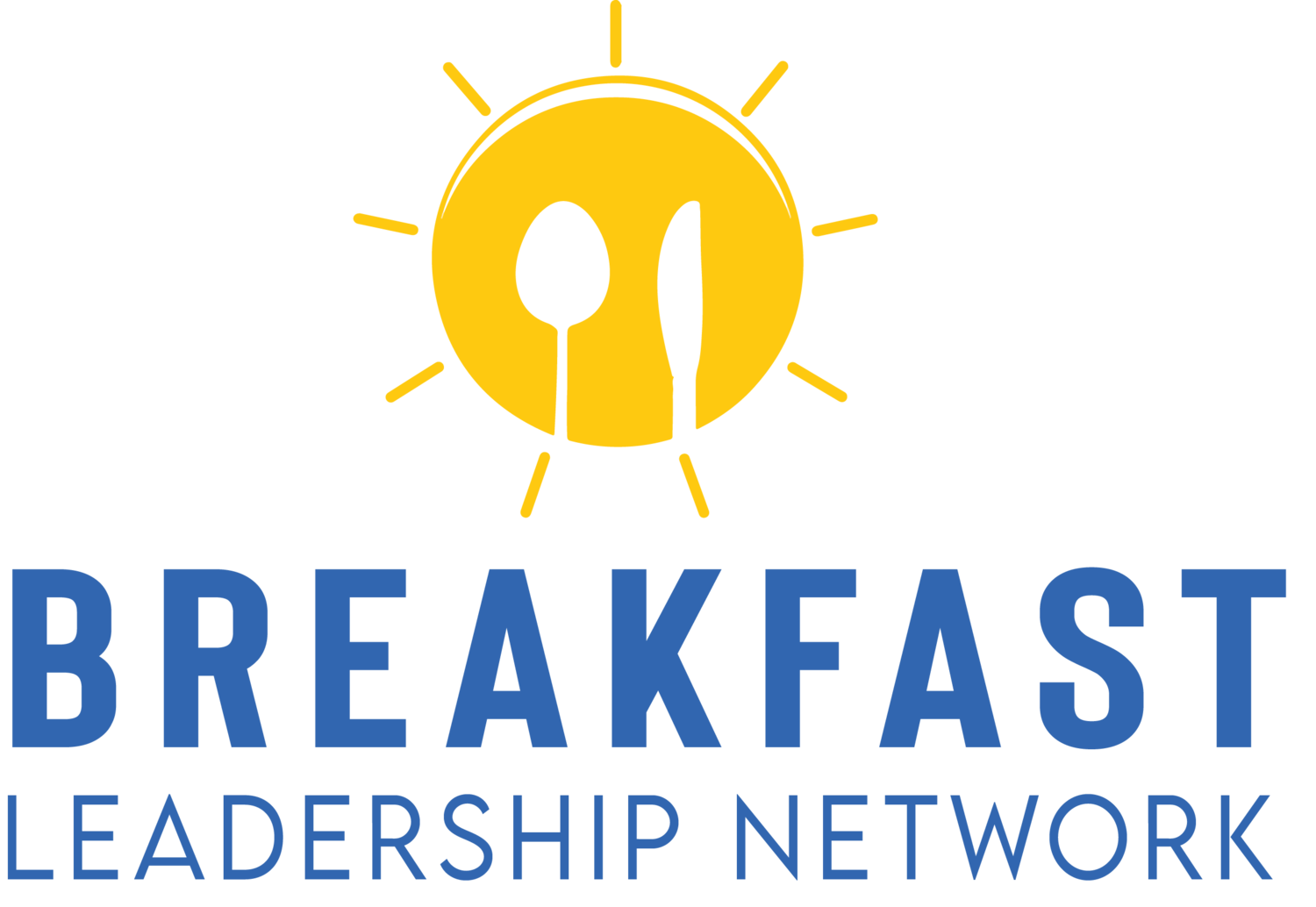Discover the U.S. States with the Best Work–Life Balance in 2025
As a leadership coach and well-being expert, I'm thrilled to unpack new insights into how Americans are balancing work and life. A recent analysis by Solitaire Bliss, based on the 2021 American Time Use Survey, reveals which states offer the most leisure without sacrificing productivity. Let’s dive into what matters—and why it should influence your team, your well-being, and your workplace culture.
1. Vermont: The Gold Standard for Work–Life Flow
Leisure per weekday: 4.66 hours
Work per weekday: ~7.13 hours (~35.65/week)
Sleep per night: 8.15 hours (Solitaire Bliss)
Across New England, Vermont stands out as a distinct region. With an average workday of just over 7 hours, Vermonters enjoy nearly 5 hours of leisure and solid sleep. Such a balance is rare and powerful.
2. North Dakota: Productivity & Pause in Harmony
Leisure: 3.91 hours
Work: ~7.62 hours
Sleep: 7.37 hours (Solitaire Bliss)
North Dakota ranks second. Shorter sleep than Vermont, yes—but the nearly 4 hours of unwinding every evening signal a healthy boundary between work and life.
3. Nevada, 4. Wyoming, 5. Utah: Champions of Balance
Nevada: Leisure 3.8 hr, Work 7.71 hr, Sleep ~7.96 hr (Solitaire Bliss)
Wyoming: Leisure 3.54 hr, Work 7.21 hr, Sleep ~9.1 hr (Solitaire Bliss)
Utah: Leisure 3.46 hr, Work 7.5 hr, Sleep ~8.36 hr (96.3 KKLZ)
These states round out the top five, each pairing solid rest with meaningful downtime—something we highlight in our Time Management Hacks Every Leader Needs to Stay Ahead, which helps protect leaders from burnout.
On the Flip Side: Where Work Overtakes Life
At the bottom of the list? Idaho, Iowa, Tennessee, Rhode Island, and New Mexico—all with >40 work hours/week and <3 Hours of leisure/day (Solitaire Bliss). Idaho residents, for example, squeeze in just under 2 hours of leisure alongside 44.5 work hours—a risk factor alert for stress and burnout.
Why This Matters for Leaders & Professionals
This isn’t just trivia—it’s a leadership blueprint.
Insight #1: Leverage Environment to Foster Balance
If you operate in Vermont or Utah, you’re halfway there. But your role still matters. Frame policies that promote leisure—remote hours, flexible schedules, mandatory micro-breaks. We shared strategies in Cities Where Workers Master the Art of Microbreaks. And yes, geography only helps so much—culture does the rest.
Insight #2: Productivity and Well-being Can Coexist
States like North Dakota and Nevada show that working hours don’t need to be extreme to be effective. Purposeful labor paired with intentional rest always beats overwork. We discuss this balance in 'How to Make the Workplace Feel Human Ag
Insight #3: Be On the Lookout for Burnout Triggers
High work, low leisure = burnout risk. In states like Idaho and Rhode Island, employees may be heading toward mental fatigue. That’s why frameworks like mine in 8 Ways to Spot Burnout Before It Wrecks Your Career are necessary for early detection and intervention.
Action Plan for Organizations
Audit your team’s time – How many “day-to-day” hours do employees work? Map it.
Establish micro-break routines – Even short walks or coffee breaks reset focus.
Normalize end-of-day shutdowns – Resist glorifying after-hours emails.
Frame rest as a performance strategy – Share this study & our Time Management Hacks to shift the mindset.
Watch out for warning signs – Watch for stress signals, like complaints and absenteeism. Use tools from 8 Ways to Spot Burnout.
Conclusion
Solitaire Bliss reminds us that geography, while powerful, isn’t destiny. Vermont’s leaders didn't become balanced by accident—they cultivated policies, norms, and habits that value rest as much as results. Whether you’re in North Dakota, Nevada, or anywhere in between, you can build cultures that honor human needs.
As I often say on the Breakfast Leadership Show, healthy habits breed high performance. So here’s your CEO‑worthy challenge: make purposeful downtime a core KPI. Start with small changes—structured breaks, more precise boundaries, recognition for unplugging—and champion that as leadership success.
Let this data inspire you. Want help turning it into real change? Dive into our culture transformation playbooks, book me for a keynote, or explore coaching options at BreakfastLeadership.com. Let’s make sustainable leadership the next big win.
Michael Levitt is a CBT/NLP therapist, author of Workplace Culture & Burnout Proof, and host of the Breakfast Leadership Show: founder, Breakfast Leadership Network.
